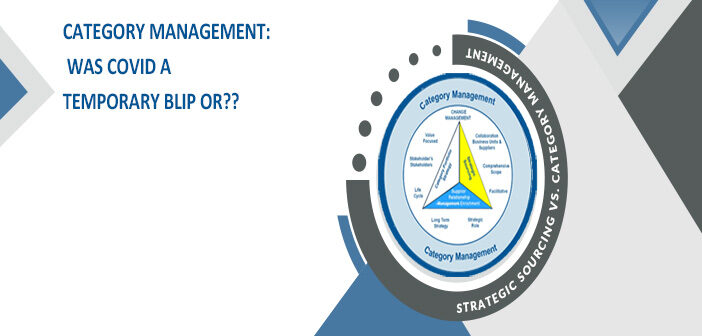It was the middle of the pandemic, and everyone was trying to figure out how to deal with the impacts. One of the biggest challenges was to determine whether the impacts we were all facing at work were temporary and we could just wait them out or were they more long term in which case we had to build capability to deal with them. Some of you may remember this was when we introduced the concept of Response Lead Time (RLT). We segmented the impacts of COVID into four quadrants and it is quite interesting to go back and look at that again today.
Long Term Non-Quantifiable
- Anxiety, fear, stress
- Financial prudence
- Less risky behavior a
- Social distancing (everywhere)
- More collaborative behaviors- Neighbors helping neighbors, Internal, suppliers
The four quadrants were based on separating them between long term-short term and whether these impacts were quantifiable or non-quantifiable. This is to dispel the notion that we only need to focus on quantifiable challenges – nothing could be further from the truth (as we have written multiple times ). I think most would agree that these impacts
are all critical even though they may be non-quantifiable and just because of the latter does not mean that they cannot or should not be attended to.
The second quadrant was Long Term Quantifiable:
- Travel
- Remote work (WFH)
- Changes in delivering health care
- Remote school – where schools had NO virtual capability
- Internet capacity
You would have to agree that these have all survived the”end” of COVID. Travel has still not recovered, and the nature of travel has changed. There is a lot less business travel as people have figured out ways to get their work done without having to travel. WFH is now a routine, tele-visits with your doctor continue, remote school is now an ongoing occurrence etc.
Short Term Non-Quantifiable:
- Anxiety, fear, stress
- Financial prudence
- Less risky behavior
- Social distancing (everywhere)
- More collaborative behaviors- Neighbors helping neighbors, Internal, suppliers
All of these impacts were clearly there for the short term, and one could easily argue that some of these are still around. There is still a level of anxiety, social distancing is still around (albeit to a lesser degree), people still wear masks.
And then of course there was the Short Term Quantifiable impacts:
- Supply chains disrupted
- DJIA / Economic activity
- Ramp up supply chains quickly (e.g. sanitizer, masks)
- Expansion of health care capacity
- Cancellation of MAJOR events (e.g. weddings, graduation, etc.)
And I’m sure that we all remember these and again, one might argue that some of these are still being felt. Of course, all of these should be part of your overall risk management approach but it helps to classify these impacts because how we deal with them changes by the classification. The one major caveat is that just because an impact is non-quantifiable does NOT mean that it can or should be ignored. On the contrary, Value for our Stakeholders is often non-quantifiable, and the non-quantifiable Value often has a far greater impact on their decisions and behaviors – therefore it requires even more attention. The reason we classify some of these as non-quantifiable is so that we don’t waste any time in trying to quantify them but focus instead on mitigating them.
The reason for classifying the impacts between short term and long term is to ensure that our efforts line up with their duration. Long term impacts mean that we must build ongoing capability to deal with them as they will be around for a long time and therefore some permanent organizational capability and competence is critical.

